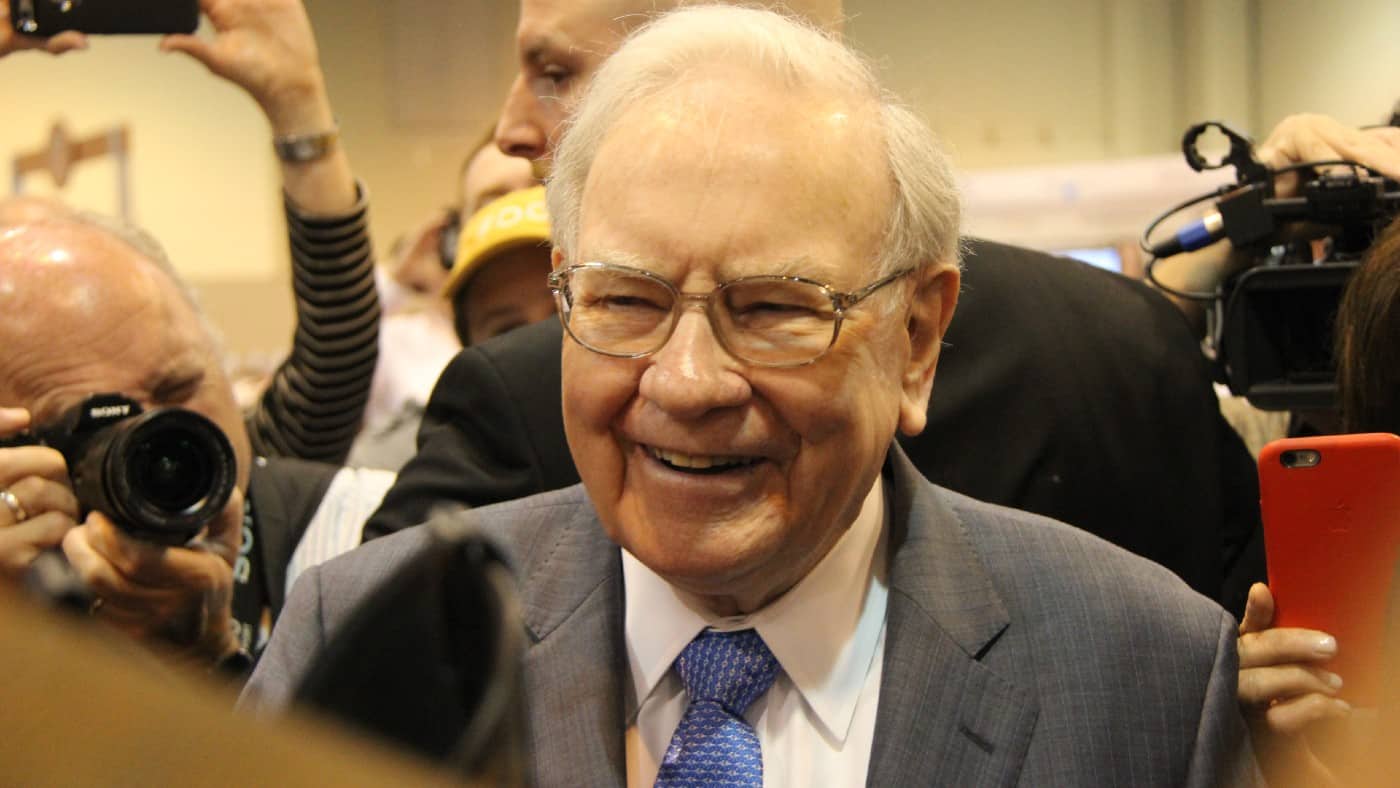Different passive income ideas have their own pros and cons. Take buying shares as an example. It is an idea that gets bandied around a fair bit – and some people have built huge passive incomes doing it. Indeed, some leading billionaires generate a sizeable part of their income from shares.
But share prices can fall, meaning that overall one makes a loss even after considering the dividend income. Dividends are never guaranteed. On top of that, it takes money to make money – buying shares is not free, after all.
Here are some of the things I like and dislike about owning shares as a way to earn passive income.
Capital requirement
First, the need for money. Very few passive income ideas require zero cash at all. But some are more capital-intensive than others.
Imagine I want to make a £1,000 passive income annually and invest in shares with an average dividend yield of 7%. To hit my target, I would need to invest around £14,300.
But there are caveats that could help me hit my target at some point even if I did not have that sort of money to invest upfront.
I could drip feed money into a share-dealing account or Stocks and Shares ISA over time. So while I may not hit my £1,000 passive income target in year one, I could achieve it down the line.
Another option is I could start to earn dividends on my dividends. This is known as compounding and is a well-known approach of billionaire investors such as Warren Buffett. He compares it to pushing a snowball downhill so the snow starts to pick up snow, increasing the size.
As an example, if I invested only £5,000 now and compounded the 7% dividends annually, after 16 years I ought to be earning £1,000 each year in passive income.
Finding income shares to buy
What about one of the other challenges? Finding shares that will hopefully not lose value and also generate dividends?
The short answer is, there are no guarantees in the stock market.
Even a great company can run into unforeseeable difficulties. That is why seasoned investors like Buffett spread their portfolios over a range of different shares – and I would do the same, even with a modest amount to invest.
But I think we can learn some other lessons from Buffett when it comes to finding the sorts of shares that might generate passive income. He thinks of buying a small stake in a company, not just a share.
Take my shares in Altria (NYSE: MO) as an example. It has strong brands, something Buffett likes, as brands can help give a company pricing power, supporting profits and dividends. It is in an industry I understand, tobacco, meaning I am able to assess the risks and opportunities involved.
With a dividend yield of 8.7%, Altria certainly offers me sizeable passive income potential.
But its main business is cigarettes. Demand for them remains high but is in long-term structural decline. Governments are increasingly introducing legislation to try and stub out cigarette demand. And consumers seem to be getting the health message loud and clear. So although Altria has raised its dividend annually for 54 years in a row that does not mean it will keep doing so. Then again, it may do!







